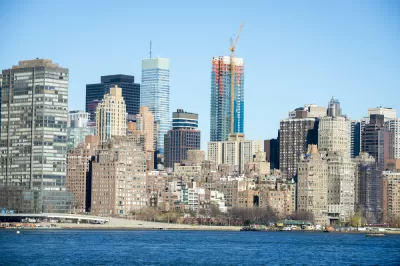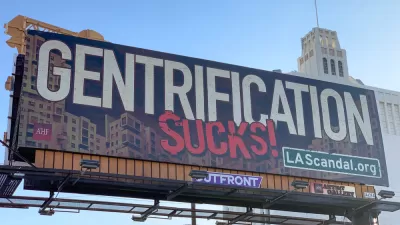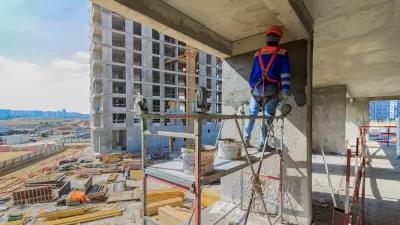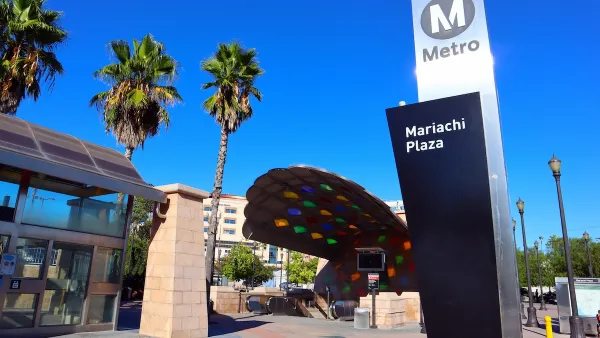Several recent studies add fuel to the fire of whether market-rate housing helps affordability or drives low-income people from their neighborhoods.

The question of whether new market rate housing hurts or helps housing affordability—central to so many urban planning debates in the contemporary United States—can be answered with several new sources of data, according to an article by Emily Badger.
The tension between these views sits at the center of battles over individual buildings and broader fights over how to alleviate the housing crisis. And until recently, there has been almost no data at the neighborhood scale to resolve it. It’s even plausible that both stories could be true at the same time — that new housing might help lower rents across a metro area even as it signals the popularity of a particular neighborhood and nudges up rents nearby.
Several new studies finally offer some evidence that is encouraging, if incomplete. Researchers at N.Y.U., the Upjohn Institute and the University of Minnesota have all looked at what happens immediately surrounding new large-scale apartments that are market-rate (no rent restrictions). Many studies already show that regions that build more are more affordable (and regions that restrict new housing are less so). These latest studies ask if that pattern holds when we zoom in to individual blocks.
Badger details each of the three studies briefly listed there, and speaks to the researchers responsible for the findings in each case for more insight. Collectively, however, these studies provide evidence to support both arguments—that new, market-rate developments can both help keep housing affordability and displace low-income residents.
FULL STORY: A Luxury Apartment Rises in a Poor Neighborhood. What Happens Next?

Planetizen Federal Action Tracker
A weekly monitor of how Trump’s orders and actions are impacting planners and planning in America.

Chicago’s Ghost Rails
Just beneath the surface of the modern city lie the remnants of its expansive early 20th-century streetcar system.

San Antonio and Austin are Fusing Into one Massive Megaregion
The region spanning the two central Texas cities is growing fast, posing challenges for local infrastructure and water supplies.

Since Zion's Shuttles Went Electric “The Smog is Gone”
Visitors to Zion National Park can enjoy the canyon via the nation’s first fully electric park shuttle system.

Trump Distributing DOT Safety Funds at 1/10 Rate of Biden
Funds for Safe Streets and other transportation safety and equity programs are being held up by administrative reviews and conflicts with the Trump administration’s priorities.

German Cities Subsidize Taxis for Women Amid Wave of Violence
Free or low-cost taxi rides can help women navigate cities more safely, but critics say the programs don't address the root causes of violence against women.
Urban Design for Planners 1: Software Tools
This six-course series explores essential urban design concepts using open source software and equips planners with the tools they need to participate fully in the urban design process.
Planning for Universal Design
Learn the tools for implementing Universal Design in planning regulations.
planning NEXT
Appalachian Highlands Housing Partners
Mpact (founded as Rail~Volution)
City of Camden Redevelopment Agency
City of Astoria
City of Portland
City of Laramie





























